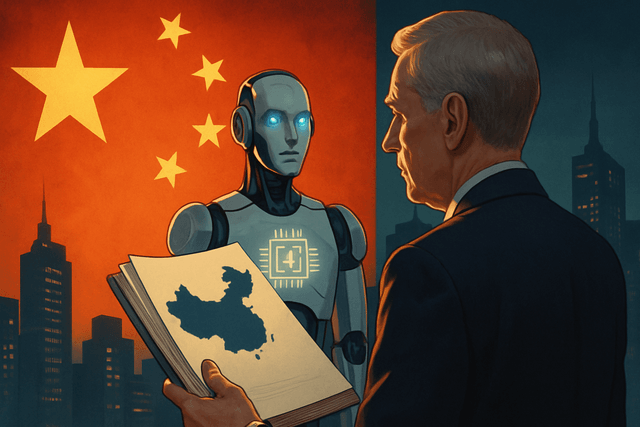The RAND Corporation has released a major analysis of China's artificial intelligence strategy, revealing both strengths and vulnerabilities in Beijing's quest to dominate global AI by 2030.
The report, titled 'Full Stack: China's Evolving Industrial Policy for AI,' was published in June 2025 by researchers Kyle Chan, Gregory Smith, Jimmy Goodrich, Gerard DiPippo, and Konstantin F. Pilz. It provides an in-depth examination of how China is deploying industrial policy tools across the entire AI technology stack, from semiconductor chips to applications.
The researchers conclude that China's AI industrial policy will likely accelerate the country's rapid progress, particularly through support for research, talent development, subsidized computing resources, and applications. Chinese AI models are closing the performance gap with top U.S. models, and AI adoption in China is growing quickly across sectors, from electric vehicles and robotics to health care and biotechnology.
However, the report identifies significant challenges facing China's AI ambitions. The country controls only about 15 percent of total global AI compute capacity, compared to the United States' 75 percent. This demonstrates a substantial deficit in computing infrastructure that Chinese state support is attempting to address. Beijing's funding for fundamental AI research at universities and state-backed AI labs is identified as a key enabler for China's AI industry.
A major obstacle highlighted in the report is China's dependence on foreign technology. At an April 2025 Politburo meeting, Chinese President Xi Jinping emphasized "self-reliance" and the creation of an "autonomously controllable" AI hardware and software ecosystem. Beijing is supporting the development of domestic alternatives to Nvidia graphics processing units (GPUs), such as Huawei's Ascend series, which lag behind in performance and production volume. This reliance on fewer and less powerful chips forces Chinese companies to ration computing power, reducing the number and size of training and model deployment workloads they can conduct.
To bypass U.S. export controls, Chinese AI firms are pursuing various strategies, including chip stockpiling, smuggling, and building data centers around the world, from Mexico to Malaysia. While state support is enhancing competitiveness and accelerating progress, challenges such as U.S. export controls and inefficient resource allocation may hinder growth. Ultimately, the report concludes that China's AI development is likely to remain a close competitor to the U.S., driven by a combination of state support and private sector innovation.
The report notes that Chinese policymakers are not solely focused on "winning the race to AGI" (although some Chinese tech companies are). Instead, they are building a world-leading and resilient AI industry to drive productivity gains across the entire economy, with particular focus on "hard tech" applications such as robotics and industrial automation. This strategic approach reflects China's long-term vision for technological self-sufficiency and economic transformation through AI.

